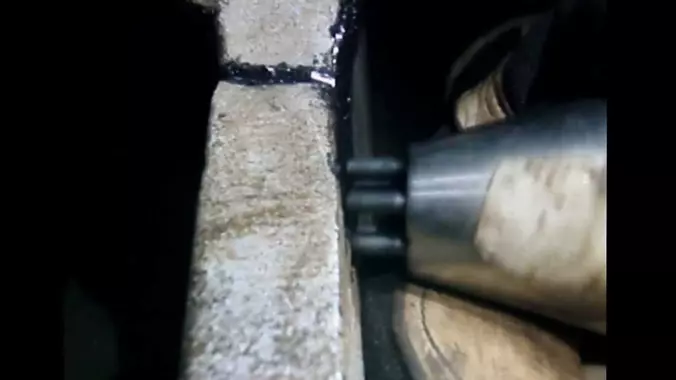Surface Treatment
Surface Treatment

The application of the ultrasonic peening technique on metallic materials entails the surface nanocrystallization and hardening process generated by the severe plastic deformation of the surface, brought along by multiple impacts at very high frequency/velocity of the pins located in the working tool. The modification of the surface nanostructure and the introduction of compressive residual stresses are the reasons for an increase of the treated surface hardness. This improved surface roughness and hardness could be very useful for parts and components which require a local increased hardness but it cannot be acquired by a traditional hardening process which normally includes heating and cooling of the component. It is also of great advantage that this improvement in surface roughness and hardness can be achieved for different metallic alloys as stainless steel, low carbon steel, titanium, etc.
Furthermore if we need to increase the fatigue performance of un-welded components (e.g. rotating shafts) as its fatigue endurance normally depends on surface roughness, the application of ultrasonic peening treatment will definitive increase its endurance.
As the fatigue crack initiation process depends on the surface roughness, it would be apparent that an improvement on the surface roughness whereas it is on a welded surface or parent plate surface will improve the general fatigue performance.

Original surface of spring steel "as received" condition. Magnification 8x

Surface of spring steel after treatment with the UP technique with "treatment A" conditions. Magnification 8x.

Surface of spring steel after treatment with the UP technique with "treatment B" conditions. Magnification 8x.
In Fig. 1 the effect of Ultrasonic Peening on surface treatment is shown. The effect of surface roughness on fatigue strength of non-welded components is very well known. However the surface roughness by its own it is not the entire responsible for the fatigue strength resistance
In other words it is not possible to achieve an unlimited improvement of the fatigue strength only based on the surface roughness. The increase on fatigue strength between Case A and Case B showed in Fig. 1 is 100%. A certain point the internal structure of the alloy starts to play an important roll and will limit the fatigue resistance of the component. The inclusions in within the material itself will behave as stress raisers, particularly those close to surface layers. As a result it is very important to have knowledge and/or information about the size and distribution of inclusions in the material in order to assess the maximum improvement that could be achieved when the surface is treated by Ultrasonic Peening.
Roughness trace as recorded on the Mitutoyo Surface Profiler "Surftest 301" model
Treatment
Ra (µ)

No UP treatment (0) Original surface
6.6 ± 2.1

UP treatment (1)
4.4 ± 0.4

UP treatment (2) (additional treatment time added)
2.9 ± 0.3

UP treatment (3) (additional treatment time added)
3.8 ± 0.2
Fig. 2 Summary of results on surface roughness (texture) as obtained with the Mitutoyo Surface Profilerfor "as received" sample and after different treatment conditions
The improvement on surface roughness achieved by the Ultrasonic Peening treatment certainly improves the fatigue strength. However this occurs until certain limit where the inclusions near surface layers on the material, starts to play an important roll and limit the effect of surface roughness on fatigue crack resistance.
In addition to surface related endurance improvement, and depending on load sequence the introduction of compressive residual stresses to a depth of 12 mm, would further improve the fatigue resistance of treated surfaces.
